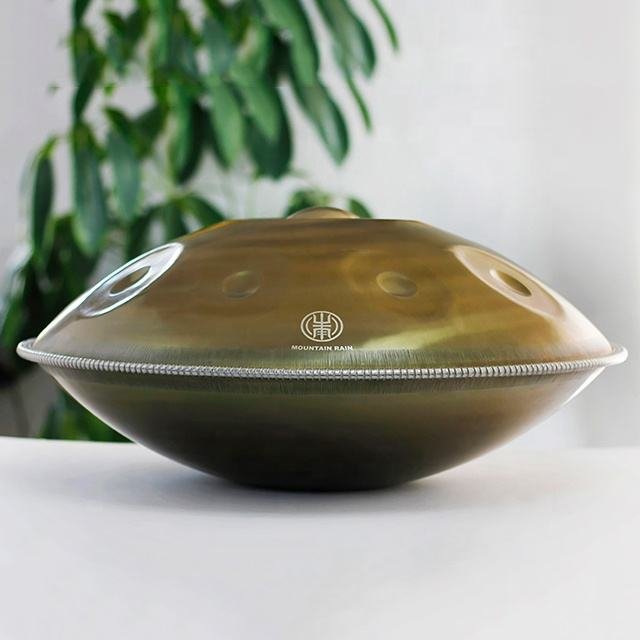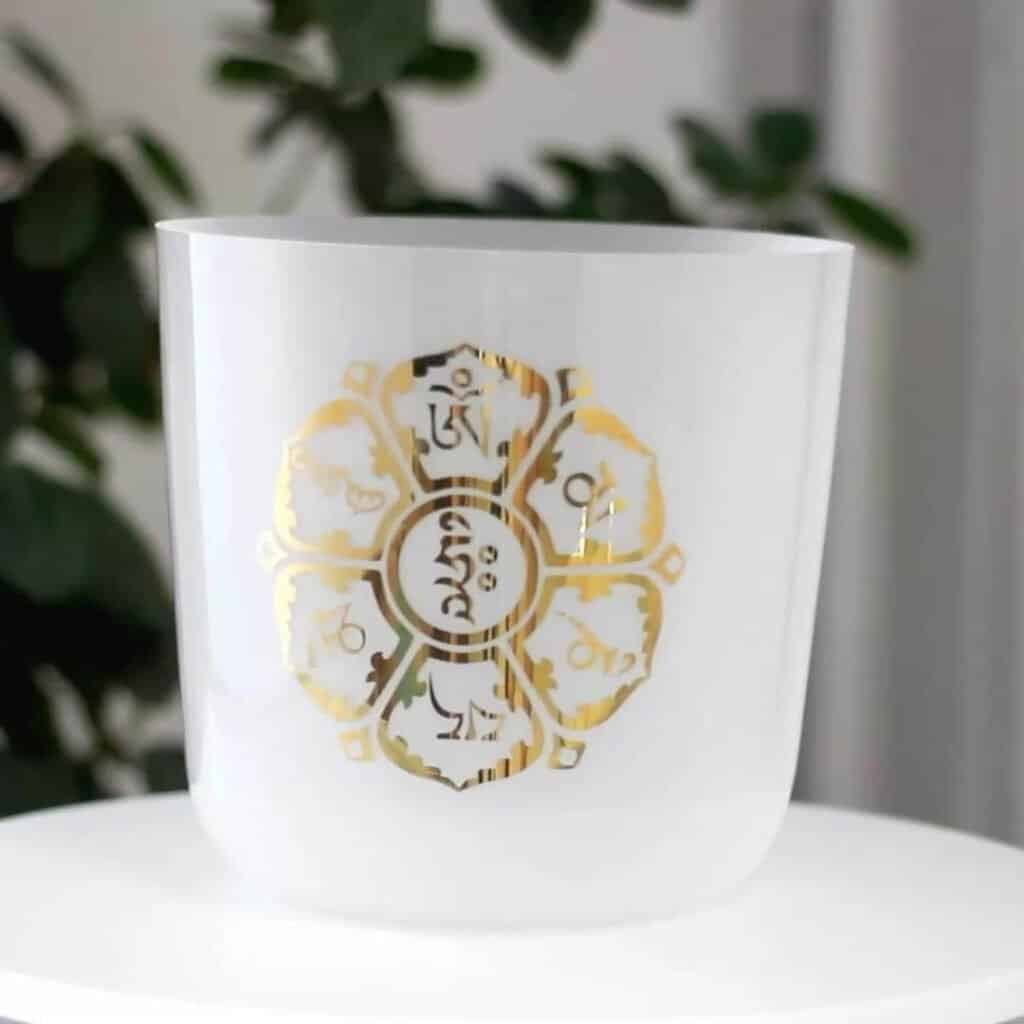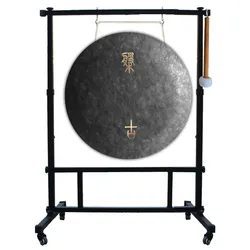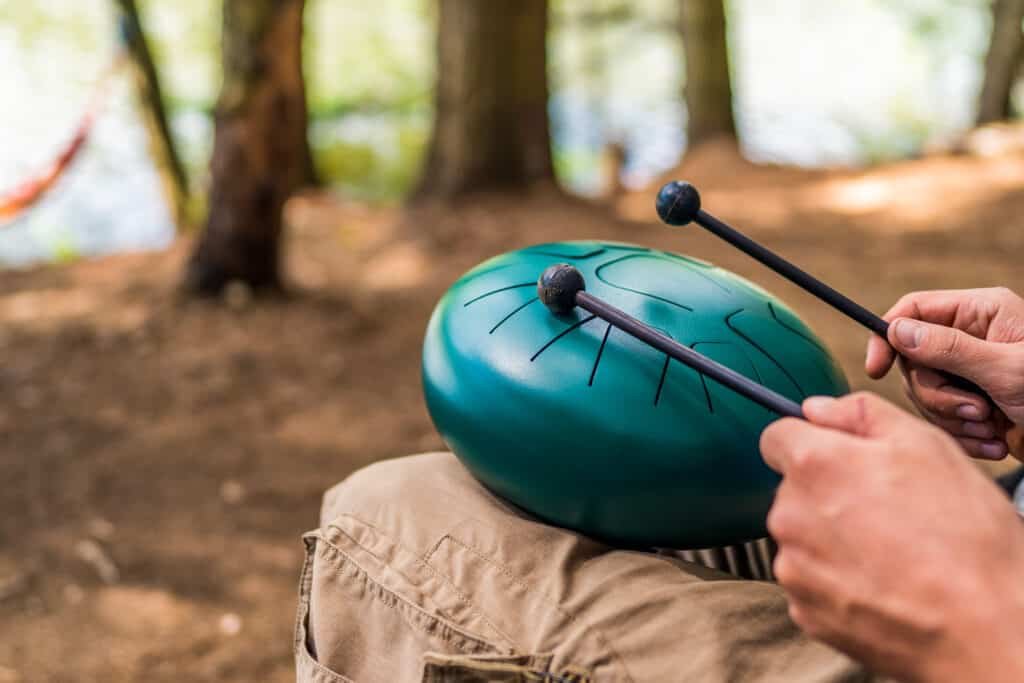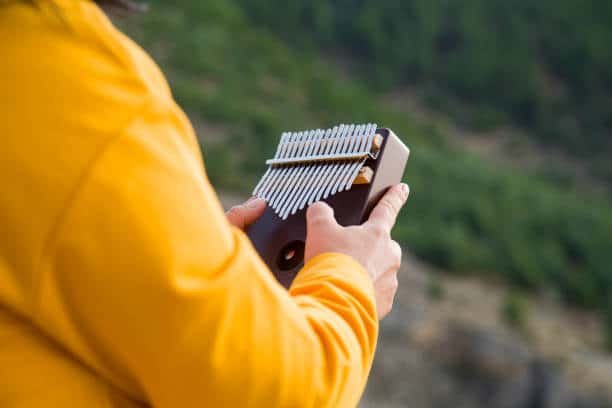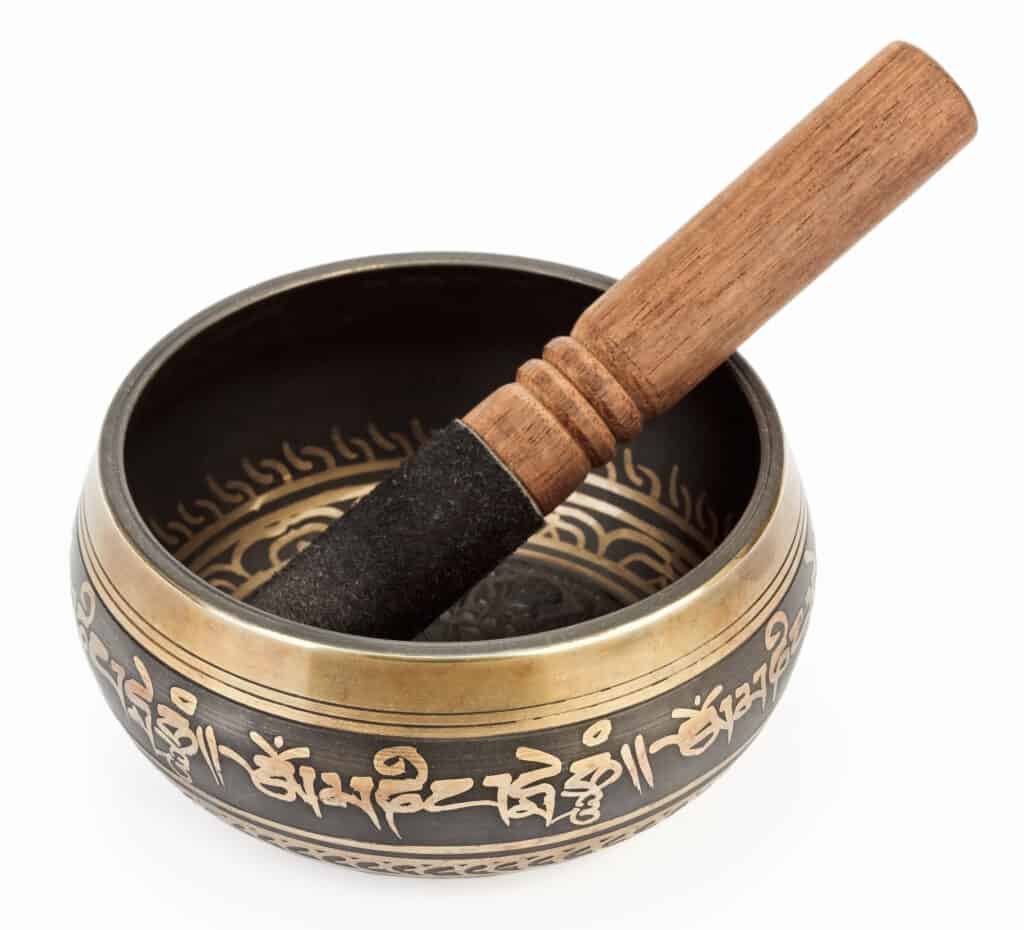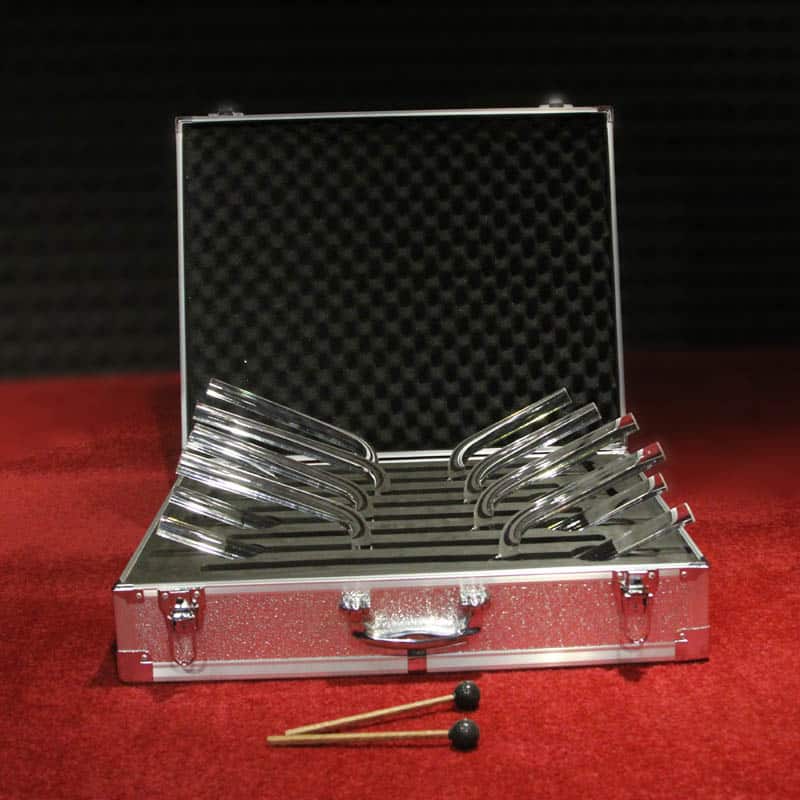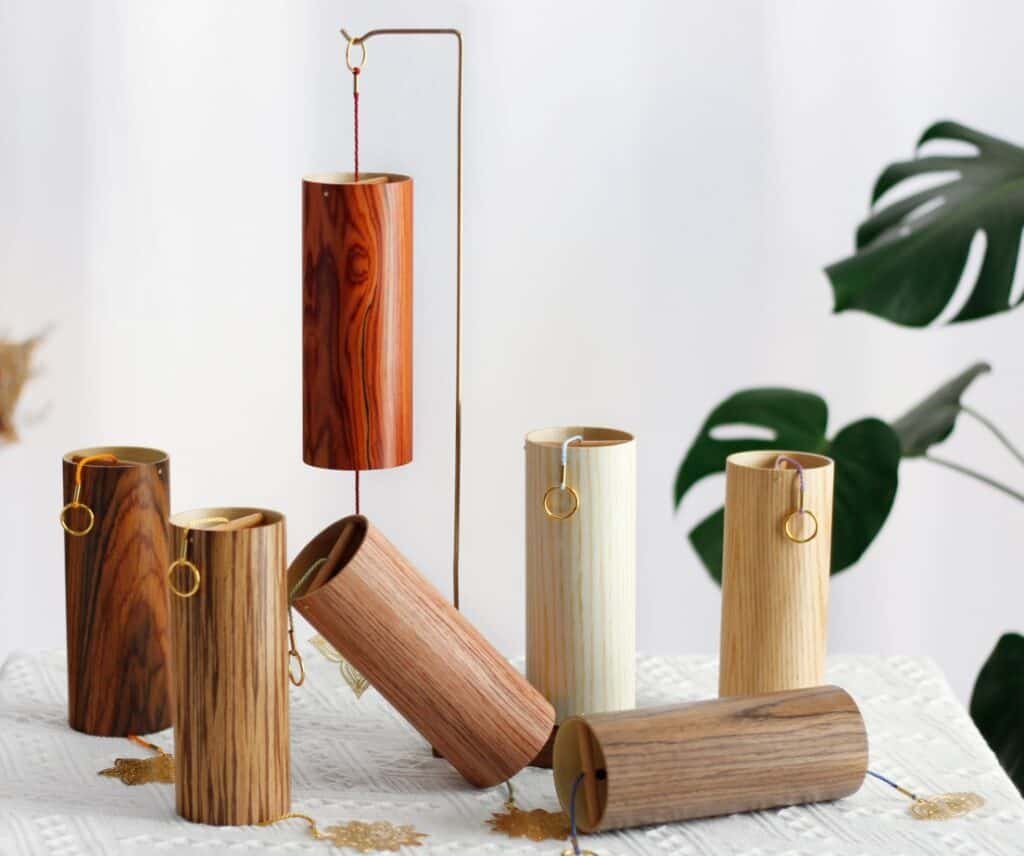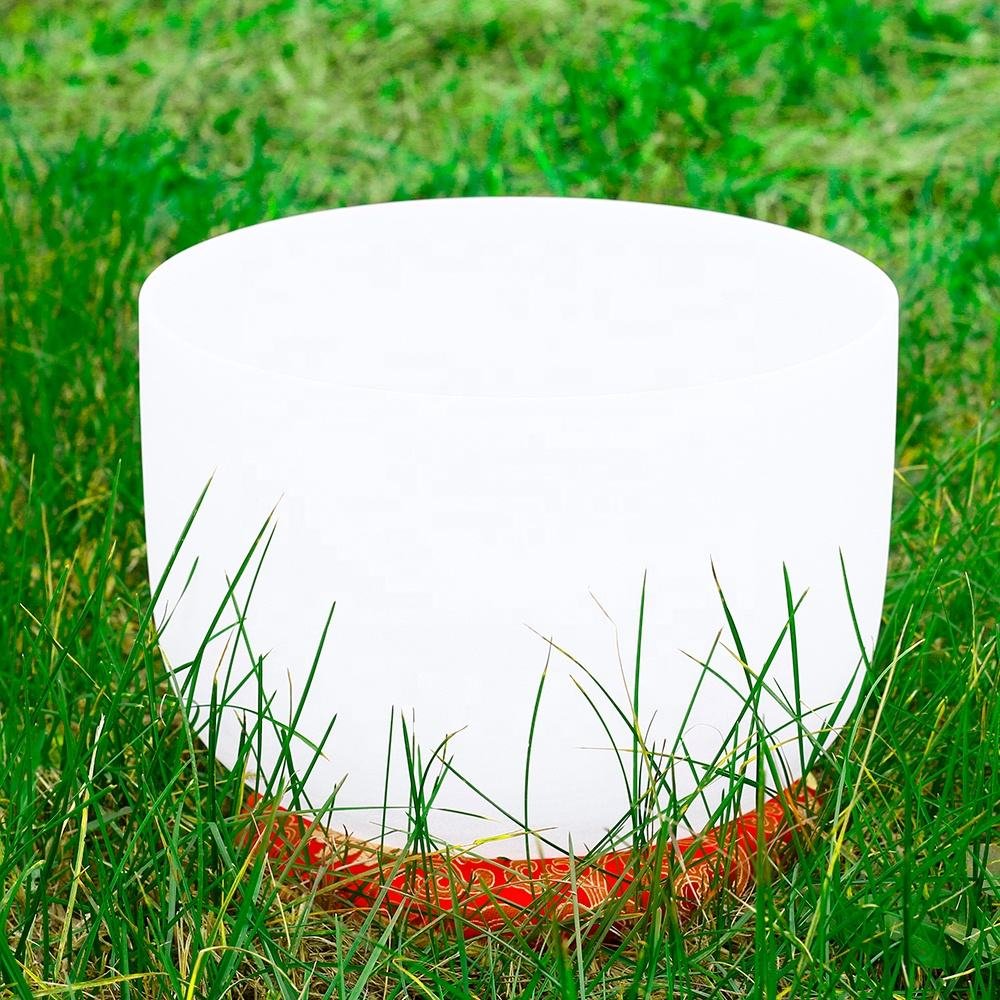Introduction: what is a handpan?
A handpan is a type of steel drum that is played by hand. It has a deep, resonant sound and is often used in meditation or relaxation exercises. Handpans are typically made out of stainless steel, and they come in a variety of shapes and sizes. They can be played solo or in a group setting.
Are all handpans the same?
There is a lot of buzz around handpans currently. You may have even seen one in person or online and wondered what all the fuss is about. Handpans are simple instruments, made up of only a few pieces of metal, but they can produce some beautiful sounds. So, are all handpans the same?
The short answer is no. While all handpans share some common features, such as the shape and number of notes, the type and quality of metal used can vary from instrument to instrument. This means that two handpans may sound very different from each other, even if they come from the same manufacturer.
What this means for you as a potential handpan purchaser is that it’s important to do your research before buying one. Read reviews and watch videos of different instruments to get an idea of what each one sounds like.
Do handpans go out of tune?

One of the questions people often ask about handpans is whether or not they go out of tune. The answer is, unfortunately, yes. Handpans can and do go out of tune for a variety of reasons. Environmental factors such as humidity and temperature can cause the metal to expand and contract, which can throw the pitch off. Playing handpans in cold weather can also cause them to go out of tune, as the metal contracts in the cold. Even how you store your handpan can affect its tuning; if it’s kept in a hot car or near a heat source, it will likely go out of tune. Handpans can also be affected by changes in air pressure; when there’s a change in barometric pressure (for example, when a storm is approaching), the handpan may change pitch slightly.
What is handpan’s scale
Handpan scales are combinations of notes arranged in a specific sequence, creating a distinct musical scale. The notes are typically arranged in a circle, with the central note being the root or the tonic. The distance between the notes determines the intervals and overall tonality of the scale.
Factors to Consider when Choosing a Scale
- Musical Style: Consider the genre or style of music you wish to play on the handpan. Different scales are better suited for specific musical genres, such as jazz, classical, or world music.
- Personal Preference: Trust your intuition and select a scale that resonates with you emotionally. The handpan should evoke feelings of joy and inspiration when played.
- Musical Range: Assess the range of notes offered by the scale. Some scales have a limited range, while others provide a wider tonal spectrum, allowing for more creativity and versatility in your compositions.
- Complexity: Consider the complexity of the scale. Some scales may be easier to play and master, especially if you are a beginner. Others may require more advanced techniques and skills.
Type of handpan scale

There are a few different type of handpan scales, and each one has a unique sound. One of the most popular scales is the pentatonic scale. This scale is made up of 5 notes, and it’s often used in music from Asia and Africa. Other popular scales include the major scale and the minor scale. Each of these scales has 7 notes, and they’re often used in Western music.
Hijaz and Tarnauyyn Scale Handpans
The Hijaz scale is named after a region in Saudi Arabia. It has a mellow sound and is often used in Middle Eastern music. The Tarnauyyn scale is named after an ancient city in Syria. It has a more upbeat sound and is often used in Western music.
Both scales are available on handpans manufactured by Tarnauyyn Scale Handpans. If you’re looking for a unique handpan with a distinctly Middle Eastern or Western sound, be sure to check out their products!
Major: Handpans with Happy Scales
Major handpans are instruments that look like large steel drums. They come in a variety of sizes and are often tuned to specific notes or scales. Handpans have a unique sound that can be calming and relaxing, making them perfect for meditation or relaxation. The scales on a major handpan are typically happy and upbeat, making them perfect for use in music therapy or other therapeutic settings.
Minor: Handpans with Sad Scales
Minor handpans are often created with scales that evoke a feeling of sadness. This can be seen in the use of minor scales, as well as in the choice of notes and intervals within those scales. While this may not be everyone’s cup of tea, it can be a great tool for creating expressive and emotive music.
One reason why minor handpans might be used to create sad sounding music is that they are inherently melancholy instruments. The sound of a handpan can be quite beautiful, but it also has a haunting quality that can easily be used to evoke feelings of sadness or nostalgia.
Another reason why these instruments might be used for sad sounding music is because minor scales are often associated with melancholy emotions. In particular, the Dorian mode is often used in sad music because it contains a flat sixth scale degree.
Pentatonic Scales
Pentatonic scales are popular due to their simplicity and versatility. They consist of five notes and can create soothing and meditative sounds.
Chromatic Scales
Chromatic scales contain all twelve notes within an octave and provide a complete tonal range. They offer great flexibility and are suitable for experimental and avant-garde music.
Harmonic Scales
Harmonic scales are derived from mathematical principles and produce harmonically rich and resonant sounds. They are favored by musicians seeking complex tonalities.
Custom Scales
Some handpan makers offer custom scales, allowing you to design your own unique combination of notes. Custom scales provide a personalized touch to your instrument and cater to your specific musical preferences.
The importance of choosing a right scale
Though it may look like a simple steel drum, the handpan is actually quite complex and difficult to play. Because of this, it is important to choose the right scale when purchasing a handpan.
The wrong scale can make learning to play the handpan very difficult, or even impossible. It’s important to find a scale that matches your musical interests and abilities. If you are just starting out, it might be a good idea to choose a basic scale like C major or A minor.
Once you have chosen the right scale, it’s important to find a quality handpan that will last for years. There are many different brands and models of handpans available on the market, so do your research before making a purchase.
What is the most popular handpan scale?
What is the most popular handpan scale? This is a question that doesn’t have a definitive answer. There are many different scales that handpans can be tuned to, and many people have their own favorite scale. However, some scales seem to be more popular than others.
One popular scale is the major scale. This scale is found in many different types of music, so it’s likely to be familiar to many people. Another popular scale is the minor scale. This scale has a darker sound than the major scale, and is often used in blues and jazz music.
There are also a number of other scales that are becoming increasingly popular among handpan players. These include the harmonic minor scale, the pentatonic minor scale, and the spanish phrygian mode.
Which Handpan Scale is Best to Play with Other instruments?
Some scales may work better than others when played with other instruments. For example, the major scale is generally considered to be a good choice for beginners because it is relatively easy to learn and sounds pleasant when played with other instruments. Other scales that may work well with other instruments include the minor scale and the pentatonic scale. You can choose a scale based on how you want Your Music to Sound.
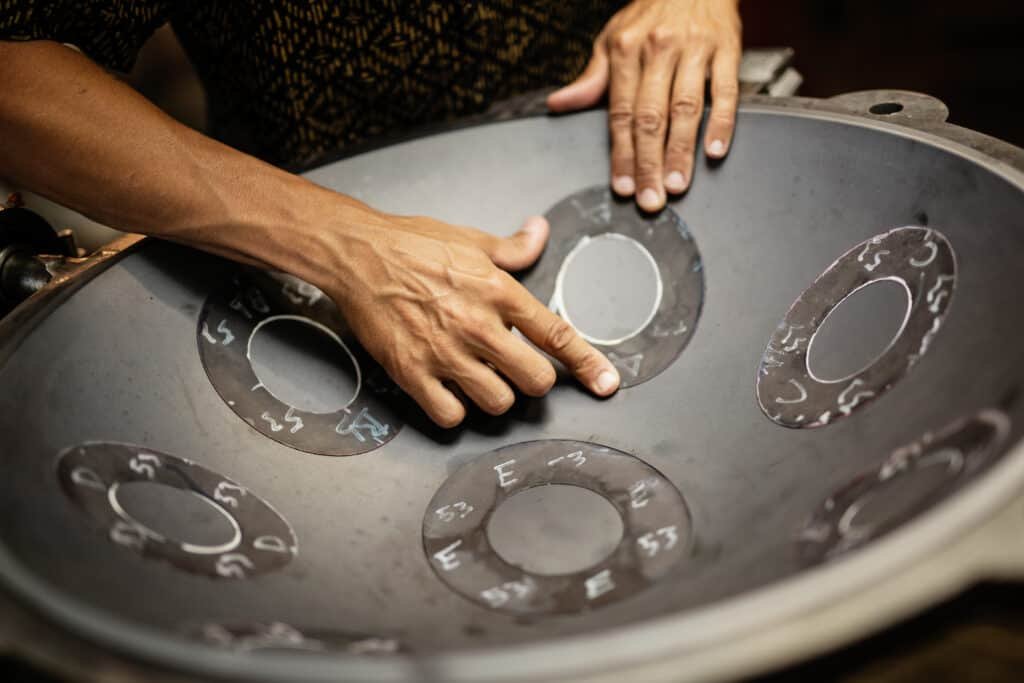
How to choose the scale of handpan
There are a few things to consider when choosing the scale of a handpan. One is the key or scale that you want to play in. There are many scales to choose from, and each has its own unique sound. You may also want to consider the range of the handpan. A handpan with a larger range can play more notes, which may be important if you want to be able to play melodies or chords. Another thing to consider is the size of the handpan. A larger handpan may be easier to play than a smaller one, but it will also be heavier and take up more space. Ultimately, the scale and size of a handpan should fit your playing style and needs.
Experimenting with Different Scales
When choosing a scale, it’s essential to explore and experiment with different options. Attend handpan gatherings or workshops where you can try out various scales and listen to experienced players. This hands-on approach will help you identify the scales that resonate with you the most.
Seeking Professional Advice
If you’re uncertain about which scale to choose, it’s advisable to seek guidance from professional handpan players or makers. They can provide valuable insights based on their experience and expertise. Consulting with experts ensures that you make an informed decision and find the perfect scale that matches your musical aspirations.
Knowing basic techniques the handpan tone
What key are handpans in?
Handpans are in a variety of keys, but the most common are C, D, G, and A. Some handpans are in other keys, such as F# or Bb. In order to play a handpan effectively, it is important to know what key the handpan is in. This will help you determine which notes are available to you and how to play them.
How do you identify the notes on a handpan?
When you are learning to play the handpan, or any other instrument for that matter, one of the first things you need to learn is how to identify the notes on the instrument. This is especially important with the handpan, as there are no frets or markings on the surface of the instrument to help you find your way around.
There are a few different ways to identify notes on a handpan. One way is to use what is called scientific pitch notation. This system uses letters and numbers to represent musical notes. A higher number represents a higher note, and a lower number represents a lower note. For example, C would be represented by the letter “C” and would have a pitch of 440 Hertz, while A would be represented by “A” and would have a pitch of 440 Hertz. Another method of identifying notes is by using fret numbers. Fret numbers are also based on scientific pitch notation, but these numbers represent the fret number on a fretted instrument.
Why you can learn to play handpan scales quickly
When it comes to handpan scales, there are a lot of people who think that they are too difficult to learn. This isn’t the case at all – in fact, you can learn to play handpan scales quickly and easily. Here are a few reasons why:
1. Handpans use a relatively small number of notes, so it’s easy to learn the basics.
2. The scales are laid out in a logical manner, making it easy to understand how they work.
3. There are lots of online resources available that can help you get started quickly.
4. You don’t need any prior experience or musical knowledge to start learning handpan scales.
5. With a bit of practice, you can start sounding like a pro in no time!
Conclusion
In conclusion, when choosing a handpan, it is important to consider the scale. Different scales will produce different sounds, and it is important to find the scale that matches your playing style. Additionally, it is important to find a handpan that feels comfortable in your hands. With these things in mind, you can find the perfect handpan for you.


